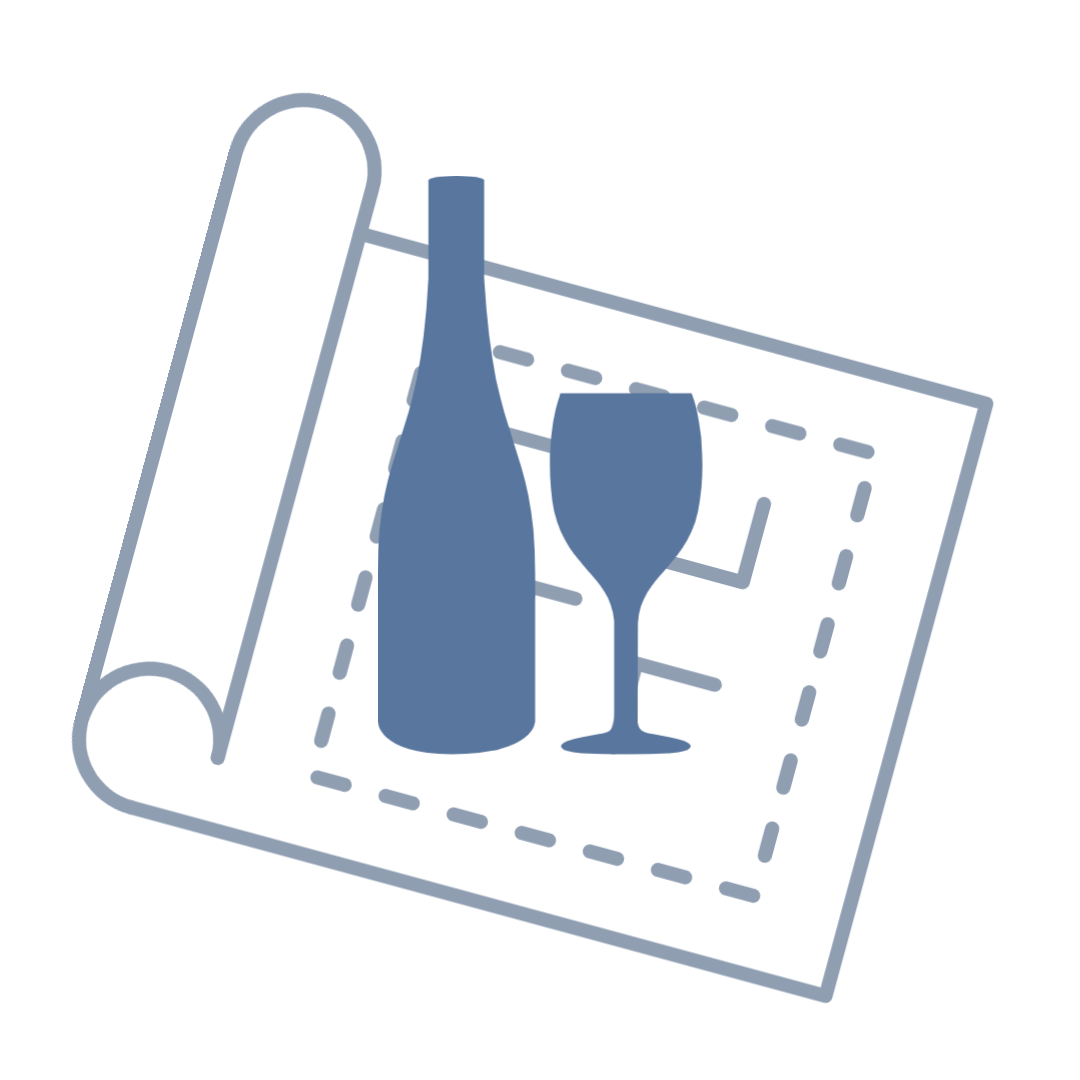Happy Weekend,
I was chatting with Carles, a reader like you, and he mentioned how such small amounts of wine make it out Spain.
It made me realized that to really TASTE you need to VISIT.
But sadly, that isn’t possible for most of us. In fact, I always viewed wine as travel in a bottle. It’s a glimpse into a place.
But, what happens when the place you want to visit is Italy?
And how do you determine where to even begin to understand Italian wine?
Well, here’s how you get started (or not) in Italian wine.
How To NOT Get Into Italian Wine
Please do yourself a favor, and avoid the following methods.
I’m someone who has studied wine, and I was confused! You’d quit Italian wine in minutes if you use the following methods.
- Google – The “complete” guides start with listing regions and labelling definitions. Geography, wine law. Snooze Fest.
- Wine Shops – There’s no organization and you can’t makes sense of grape or place. Everything is lumped together.
- General Wine Books – Some authors flat out dismiss certain regions and others simply cave to the fact that it’s complicated.
So, what the hell are you supposed to do?
Italian Wine = Italian History = Italy is Many Places
If Italian Wine is so complicated that wine insiders resort to labels, laws, and lament, where does that leave beginners?
When I am lost on my wine journey, I return to my compass. I say to myself:
WWJD: What Would Jancis Do
I turned to The Oxford Companion To Wine. A book so dry, unbiased, and large that surely it could offer some fact as a foothold.
“To consider the history of wine in Italy is to consider the history of Italy itself,” writes Jancis the Wise.
Think about this: Italy, by proxy of Romans, spread viticulture through much of Europe. But, Italy wasn’t a unified state until the 1870s.
So, thinking Italian wines as “one thing to get into” is a mistake.
Again, Jancis:
Although the key to understanding Italy is to understand that it is a group of regions rather than a single homogeneous country.
You need to think of Italian wine not as one singular place, but many places.
The Tucci-Tutu Method For Learning Italian Wine
Italian wine’s popularity is on the rise thanks to the beloved, Stanley Tucci. If you’re here, odds are you’ve seen his TV show, Searching For Italy—if not, I highly recommend.
Tucci excels at probing into the individual regions to understand their history, politics, traditions, evolution, and revolution.
When you watch, you realize Italy is impossible to define in a few words. Italian cuisine, Italian landscape, Italian culture, and Italian wine are meaningless generalizations.
So the only way to even begin to understand Italy is to eat the elephant one bite at a time—a la Desmund Tutu.
Or in our case, to learn Italian wine, one must drink a single bottle at a time.
The Tucci-Tutu Method
- Pick your starting point – Identify a region/grape that pulls you in. A trip, a movie, a meal, a TV episode could be the source of inspiration
- Find that region’s wines – Visit great wine shops or buy online
- Drink and take notes – write down what you liked and are unsure about.
- Read and discover more about the region – dig into blogs, videos and more.
- Repeat steps 3 & 4
A Word of Caution On The Grape Approach
I love the grape variety approach to wine. It can be helpful to start, but in Italy it’s limiting. Here are two examples:
Sangiovese
It goes by many names, the most common being: Chianti, Brunello di Montalcino, Rosso di Montalcino, and Vino Nobile di Montepulciano.
Is your head spinning yet?
Nebbiolo
You’ll see it in bottles labeled Barbaresco, Barolo, Roero, Ghemme, and Gattinara—the grape is called Chiavennasca in Lombardy.
What happens here is not dissimilar to the problem we ran into with Tempranillo a few weeks back.
But if you know there are regional differences, you can make connections of grapes throughout Italy.
This Week’s Free-Run Juice
Free-run juice is a wine term for the grape juice that comes from their own weight prior to pressing. These are weekly tidbits that came out from my own wine exploring.
Benefit of Understanding Price Is Finding Comparable Wines
Last week, I talked a bit about understanding wine’s price.
Konstantin’s video on finding value is a great example of how you can apply these skills. Learning about wine helps you unlock value.
Is it Bordeaux season?
Sweater weather has me feeling the big, comfy reds.
I’ve been reaching for Syrah (my favorite grape), Portuguese wines, and Red Bordeaux.
The last one may be a bit of a shocker, but there’s some outstanding value to still find—especially in that 20-30 USD range.
What is your favorite cold weather wine?
Ready to commit to wine learning?
Increase your wine confidence one weekly newsletter at a time.
New issue comes out every Friday
Unsubscribe at any time.
